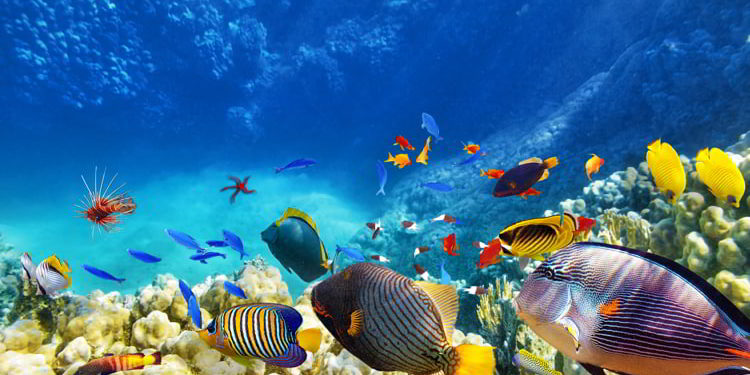Belize recently signed a deal that will not only reduce its external debt but also enhance its commitment to protect its marine environment. It made an agreement with the Nature Conservancy, an environmental organization, that will reduce its external debt by 10%.A subsidiary of the Nature Conservancy lent Belize funds so that it could buy back a US$553 million superbond at a reduced rate of 55 cents per dollar. This was financed by issuing blue bonds worth US$364 million, a sale arranged and underwritten by Credit Suisse. The International Development Finance Corporation provided insurance so that the loan could have this low interest rate.The US$553 million superbond amounts to the Belize government’s total external commercial debt—about 30% of its GDP. In exchange for the loan, Belize will increase its marine protected areas from 15.9% to 30% by 2026. It will also spend US$4 million on environmental protection annually until 2041, after which, a US$23.5 million endowment fund will finance conservation.
Effectively, this savvy little country is swapping conservation for cash.
The deal significantly impacts Belize’s debt-to-GDP ratio. It will also impact future biodiversity in Belize’s ocean waters and of the Belize Barrier Reef—the longest reef in the Western Hemisphere. It’s home to 1,400 species, including several that are endangered.In an era of climate change, deforestation, and overfishing, the reef’s ecosystem is fragile, but this debt-for-nature swap will boost its chances of survival. It’s a ground-breaking deal, but it’s not the first time that Belize has made headlines for being conservation-minded…In 2018, former prime minister Dean Barrow imposed an indefinite moratorium on all oil activity in Belize’s waters. It was a pre-emptive move to protect the reef against potential oil spills, which devastate marine life and have enduring consequences.Belize’s barrier reef has been a UNESCO World Heritage Site since 1996. Charles Darwin described it as “the most remarkable reef in the West Indies,” and Jacques Cousteau once named the Blue Hole as one of the world’s top 10 diving spots.
Get Your Free Belize Report Today!
Simply enter your email address below and we'll send you our FREE REPORT – Discover Belize: Reef, Ruins, Rivers, And Rain Forest… Plus Easy Residency And Tax-Free Living
Here are a few other examples of Belize being a leader in conservation:
- About 37% of its land area is protected, making it one of the most protected countries in the Americas. This is 10% more than Costa Rica.
- It’s part of the Mesoamerican Biological Corridor, an environmentally significant area that acts as a land bridge for species whose habitat spreads between Belize, Guatemala, El Salvador, Honduras, Nicaragua, Panama, Costa Rica, and parts of Mexico.
- In December 2010, Belize became the first country to completely ban bottom trawling in its oceans.
- It founded the Cockscomb Basin Wildlife Sanctuary, a 150-square-mile nature reserve, to protect its flora, fauna, and unique watersheds.
These pro-environment and forward-thinking moves have not gone unnoticed by the rest of the world. Ethical Traveler named Belize on its “The World’s Ten Best Ethical Destinations” survey.Sophia TitleyBelize Insider











